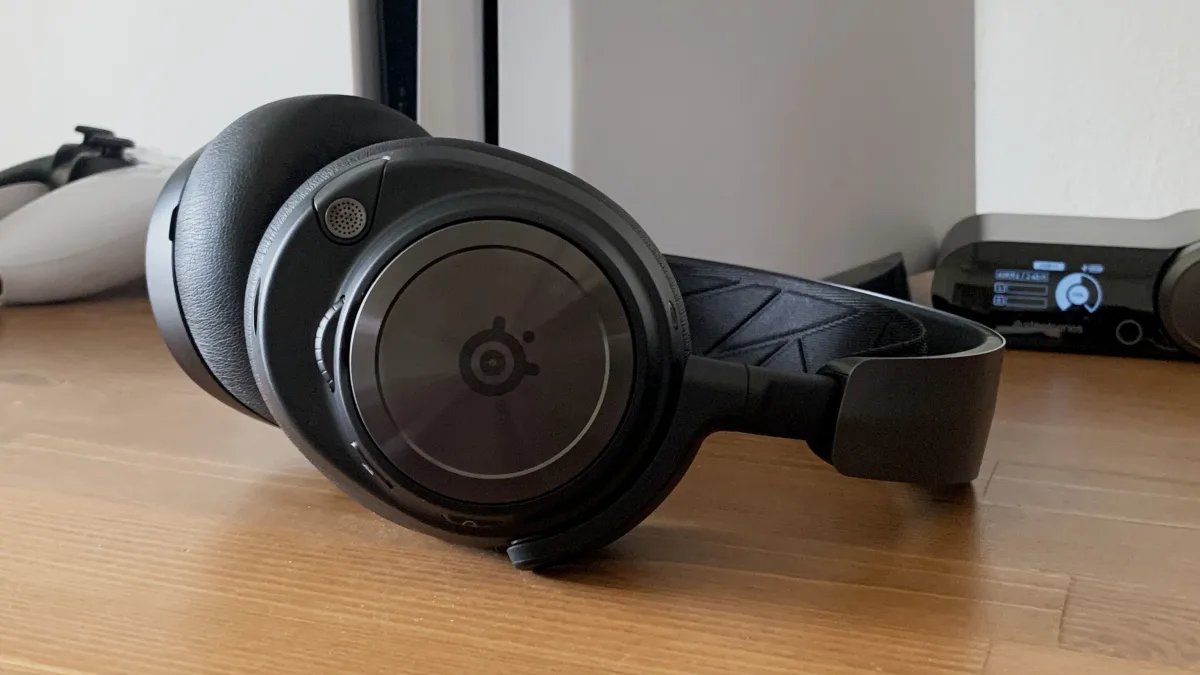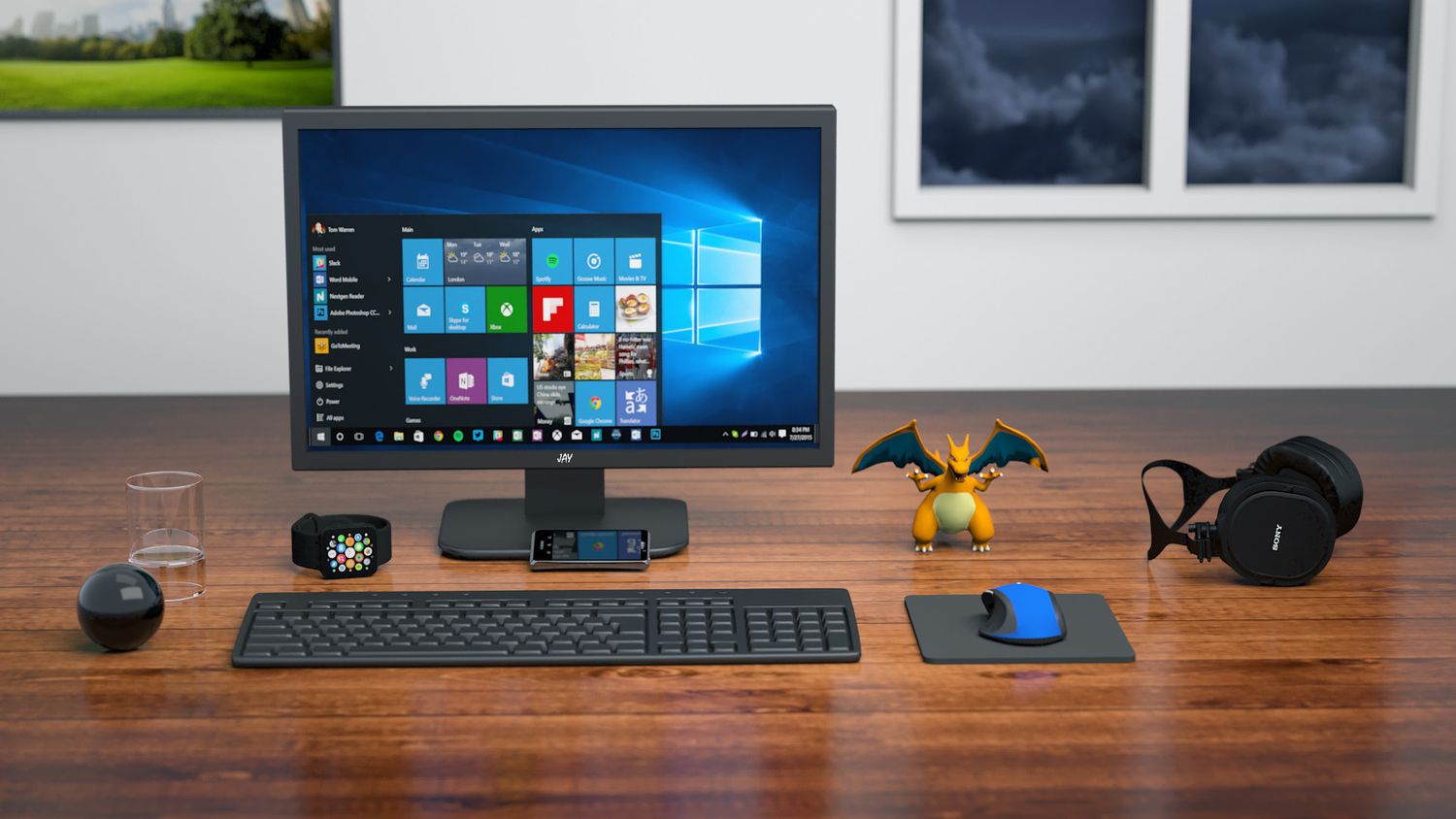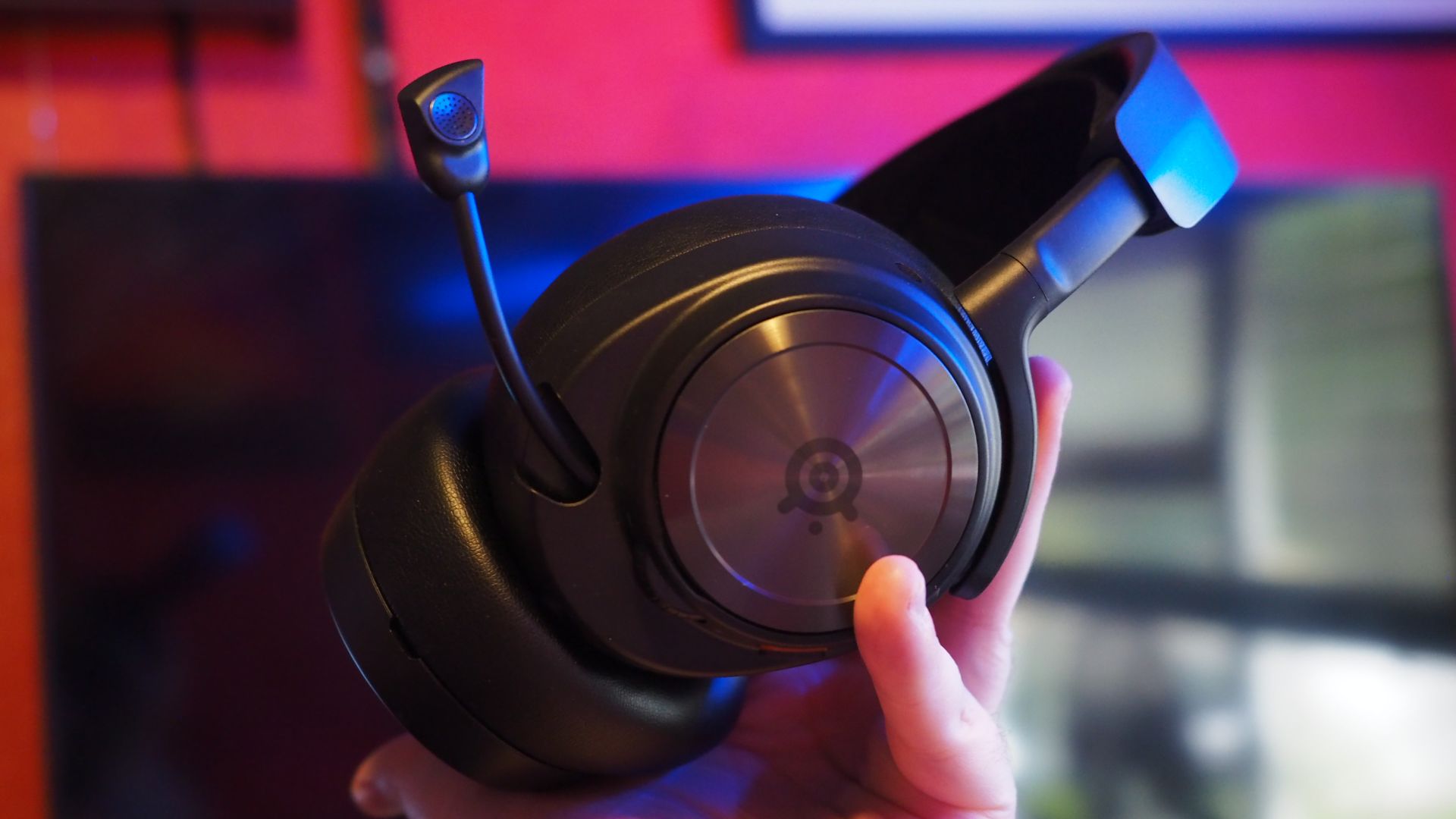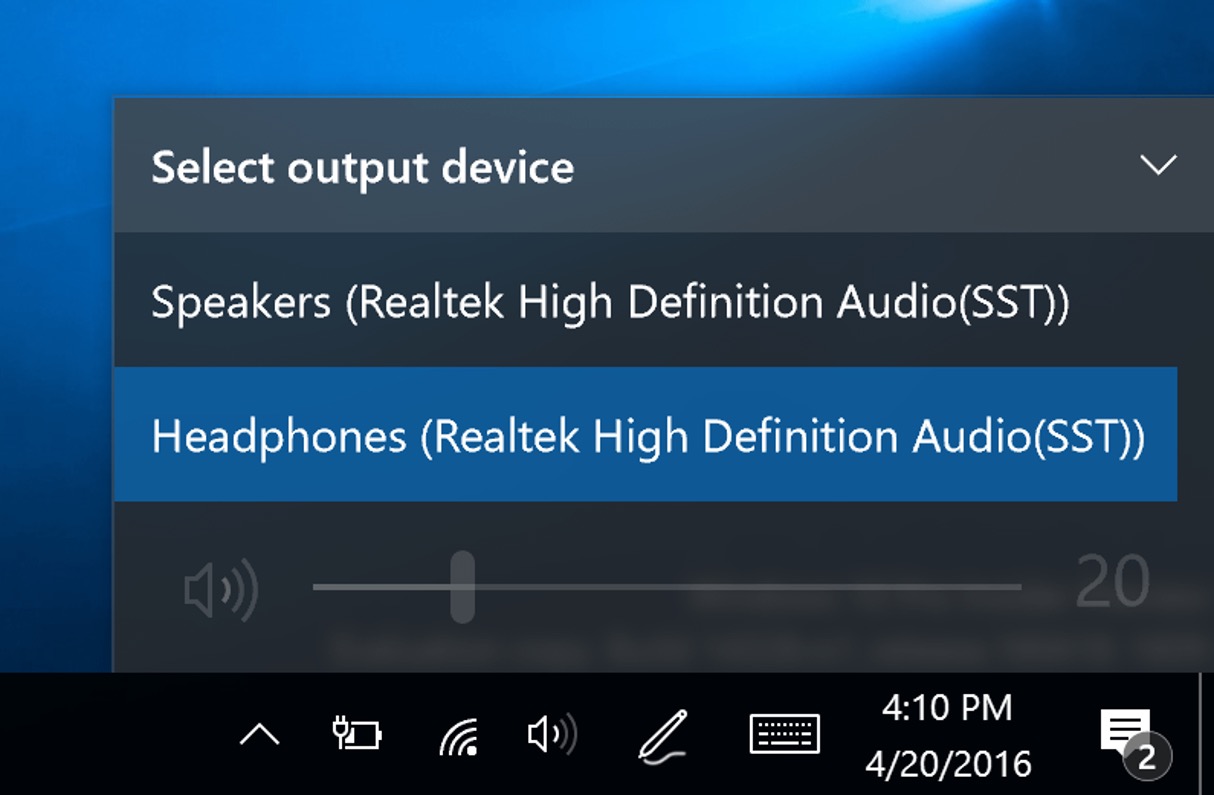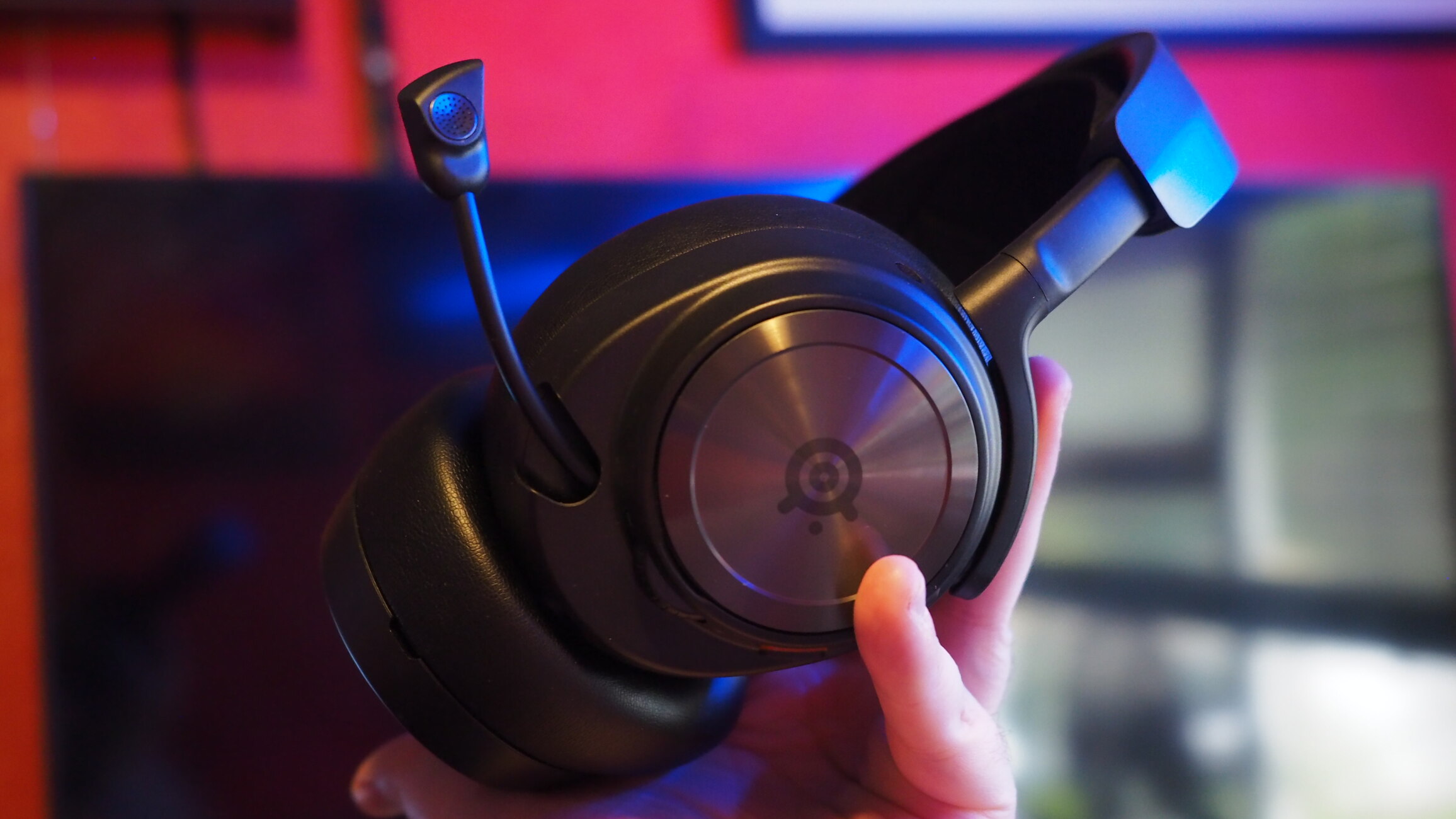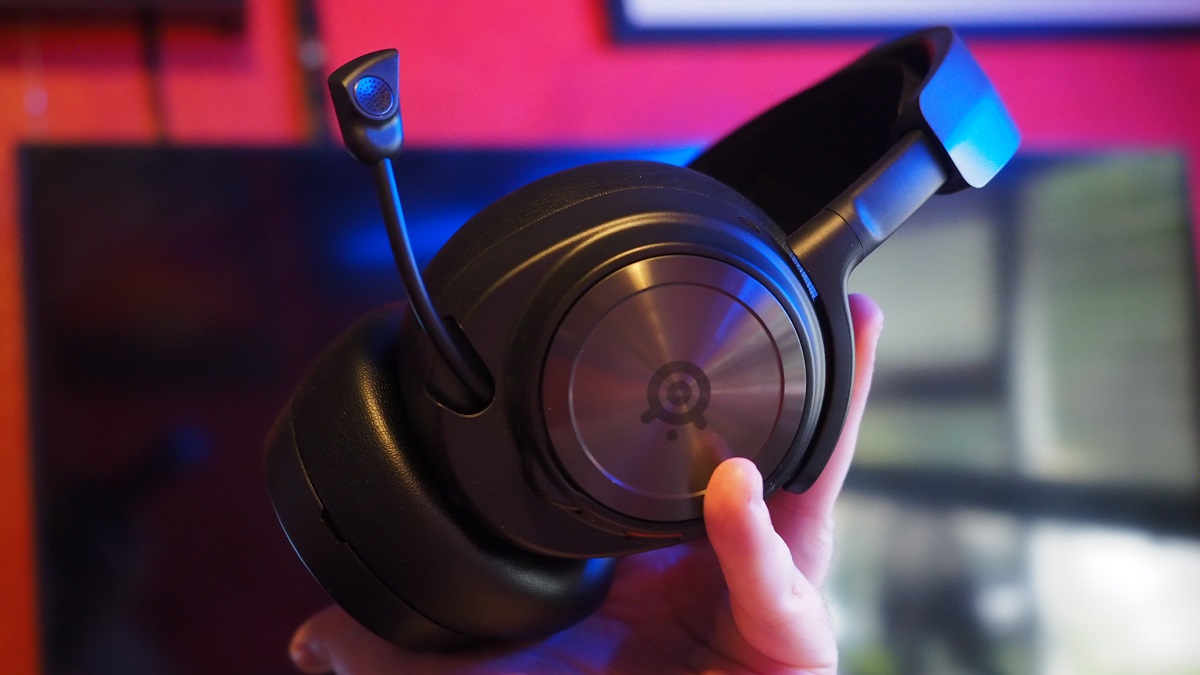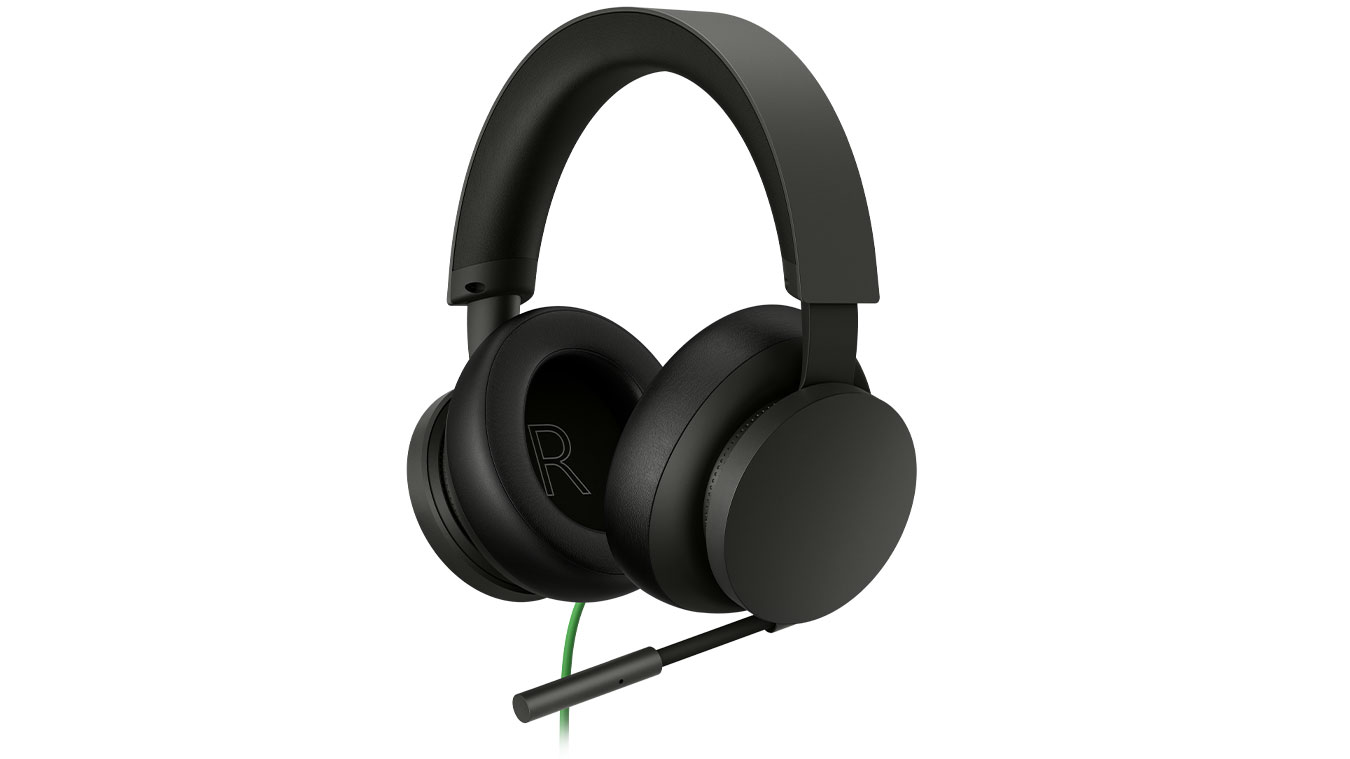Introduction
Windows 10 is a versatile and user-friendly operating system that offers a wide array of customization options, including the ability to adjust audio settings to suit your preferences. Whether you use your computer for work, gaming, or entertainment, having the right audio setup can significantly enhance your overall experience. One of the essential aspects of optimizing your audio experience on Windows 10 is ensuring that your headset is set as the default playback device.
In this guide, we will delve into the intricacies of accessing and adjusting audio settings in Windows 10, with a specific focus on making your headset the default playback device. By the end of this article, you will have a comprehensive understanding of how to fine-tune your audio settings to elevate your listening experience.
Let's embark on this journey to uncover the steps and techniques that will empower you to take full control of your audio settings in Windows 10. Whether you're a seasoned tech enthusiast or a novice user, this guide will equip you with the knowledge and confidence to optimize your audio experience to suit your unique preferences and requirements.
Accessing Audio Settings in Windows 10
Accessing the audio settings in Windows 10 is a straightforward process that allows you to fine-tune various aspects of your computer's sound output. Whether you're using built-in speakers, external speakers, or a headset, having easy access to these settings is essential for optimizing your audio experience.
To begin, you can access the audio settings by right-clicking on the speaker icon located in the system tray at the bottom right corner of the screen. This will open a menu with several options, including "Open Sound settings." Clicking on this option will take you to the Sound settings page, where you can manage all aspects of your computer's audio output.
Alternatively, you can access the Sound settings by navigating through the Windows Settings app. To do this, click on the Start button and select the gear-shaped icon to open the Settings app. From there, go to the "System" section and click on "Sound" in the left-hand menu. This will take you directly to the Sound settings page, where you can adjust various audio-related configurations.
Once you've accessed the Sound settings, you'll be presented with a range of options to customize your audio experience. This includes choosing the default playback device, adjusting the volume levels for different applications, and configuring sound enhancements.
Furthermore, the Sound settings page provides access to the "Sound Control Panel," which offers additional advanced options for managing audio devices and configuring sound properties. This can be particularly useful for users who require more granular control over their audio settings.
In addition to the built-in audio settings, Windows 10 also allows you to access the audio properties of specific applications. By right-clicking on the volume icon in the system tray and selecting "Open Volume Mixer," you can adjust the volume levels for individual apps, providing a more tailored audio experience based on your preferences.
Overall, accessing the audio settings in Windows 10 is a seamless process that grants users the flexibility to customize their sound output according to their specific requirements. Whether you're fine-tuning the audio for work-related tasks, immersive gaming experiences, or enjoying multimedia content, having easy access to these settings is indispensable for optimizing your overall audio experience.
Making Your Headset Default
Making your headset the default playback device in Windows 10 is a fundamental step in ensuring that audio output is directed to your preferred device. Whether you use a wired or wireless headset for communication, gaming, or multimedia consumption, setting it as the default playback device guarantees that all audio is channeled through this specific hardware.
To make your headset the default playback device, begin by accessing the Sound settings as outlined in the previous section. Once you're on the Sound settings page, navigate to the "Output" section, where you'll find a list of available playback devices. Your headset should appear in this list if it's properly connected to your computer.
Next, locate your headset in the list of playback devices and right-click on it. A contextual menu will appear, presenting you with various options. Select "Set as Default Device" from the menu. Upon doing so, Windows 10 will designate your headset as the default playback device, ensuring that all audio output is routed through it.
It's important to note that setting your headset as the default playback device may require you to disconnect or disable other playback devices, such as built-in speakers or external speakers, depending on your specific audio setup. This ensures that audio is exclusively directed to your headset when it's set as the default playback device.
By making your headset the default playback device, you can enjoy a seamless and immersive audio experience tailored to your preferences. Whether you're engaging in virtual meetings, communicating with friends during gaming sessions, or indulging in your favorite music and movies, having audio routed through your headset enhances the overall quality and personalization of your listening experience.
Furthermore, setting your headset as the default playback device streamlines the audio output process, eliminating the need to manually switch playback devices each time you connect or disconnect your headset. This convenience simplifies the user experience, allowing you to seamlessly transition between different audio devices without interrupting your workflow or entertainment activities.
In essence, making your headset the default playback device in Windows 10 is a simple yet impactful adjustment that significantly enhances your audio experience across various applications and usage scenarios. By following the outlined steps and customizing your audio settings to prioritize your headset, you can unlock the full potential of your preferred audio hardware and enjoy a tailored listening experience that aligns with your individual preferences and requirements.
Troubleshooting Common Issues
While configuring audio settings and making your headset the default playback device in Windows 10 can greatly enhance your audio experience, it's not uncommon to encounter occasional issues that may disrupt sound output or cause inconvenience. Fortunately, Windows 10 provides troubleshooting tools and techniques to address common audio-related issues effectively.
One prevalent issue users may encounter is the inability to detect or recognize the connected headset. If your headset is not appearing in the list of playback devices within the Sound settings, there are several troubleshooting steps you can take to resolve this issue. Begin by ensuring that the headset is properly connected to the computer, whether it's via USB, audio jack, or wireless connection. If using a wired headset, check the cable for any signs of damage or wear that could impede proper connectivity.
Another common issue involves distorted or poor-quality audio output from the headset. This can be attributed to various factors, such as outdated audio drivers, incompatible settings, or hardware malfunctions. To address this, consider updating the audio drivers for your headset through the Device Manager or the manufacturer's official website. Additionally, inspect the sound settings to ensure that the audio enhancements or equalizer settings are optimized for your headset's specifications.
Users may also encounter challenges with audio playback being directed to the incorrect device despite setting the headset as the default playback device. In such cases, it's beneficial to revisit the Sound settings and verify that the headset is indeed selected as the default device. Additionally, disabling other playback devices or ensuring that the headset is properly configured within specific applications, such as gaming platforms or communication software, can help rectify this issue.
Furthermore, intermittent audio disruptions, crackling sounds, or sudden volume fluctuations can detract from the overall audio experience. These issues may stem from software conflicts, background processes, or conflicting audio enhancements. To troubleshoot these issues, consider performing a system restart to clear any temporary glitches. Additionally, disabling unnecessary background applications and ensuring that the audio enhancements are compatible with your headset can mitigate these disruptions.
In scenarios where troubleshooting within the Windows 10 settings does not yield satisfactory results, it may be beneficial to explore firmware updates for the headset, consult user forums for community-based solutions, or seek assistance from the headset manufacturer's support resources. By leveraging these troubleshooting approaches and resources, users can effectively address common audio-related issues and optimize their headset's performance within the Windows 10 environment.
In summary, while configuring audio settings and designating your headset as the default playback device in Windows 10 can greatly enhance your audio experience, encountering common issues is not uncommon. By employing systematic troubleshooting techniques and leveraging available resources, users can effectively address connectivity, audio quality, playback device selection, and intermittent disruptions, ensuring a seamless and optimized audio experience tailored to their preferences and requirements.
Conclusion
In conclusion, mastering the art of audio configuration within Windows 10 empowers users to tailor their sound experience to their unique preferences and requirements. By accessing the comprehensive sound settings and designating a preferred headset as the default playback device, individuals can elevate their audio immersion across various activities, including work, gaming, communication, and entertainment.
The seamless process of accessing audio settings in Windows 10, whether through the system tray or the Settings app, underscores the user-centric design of the operating system. This accessibility allows users to effortlessly fine-tune their sound output, ensuring that their audio setup aligns with their specific usage scenarios and hardware configurations.
Making a headset the default playback device represents a pivotal step in customizing the audio experience. Whether it's a high-fidelity gaming headset, a noise-canceling communication headset, or a wireless headset for multimedia consumption, setting it as the default playback device streamlines the audio output process and enhances the overall quality of sound reproduction.
Furthermore, troubleshooting common audio-related issues within the Windows 10 environment equips users with the knowledge and techniques to overcome connectivity challenges, audio quality discrepancies, and playback device selection issues. This proactive approach ensures that users can address and resolve potential disruptions, thereby maintaining a seamless and optimized audio experience.
Ultimately, the ability to fine-tune audio settings and designate a preferred headset as the default playback device in Windows 10 exemplifies the platform's commitment to user empowerment and personalization. This level of control enables users to curate their audio environment, fostering a heightened sense of engagement and enjoyment across various activities and applications.
As technology continues to evolve, Windows 10 remains steadfast in providing users with the tools and flexibility to optimize their digital experiences. By embracing the intricacies of audio configuration and leveraging the platform's intuitive features, individuals can embark on a journey of audio immersion that resonates with their distinct preferences and elevates their overall computing experience.







